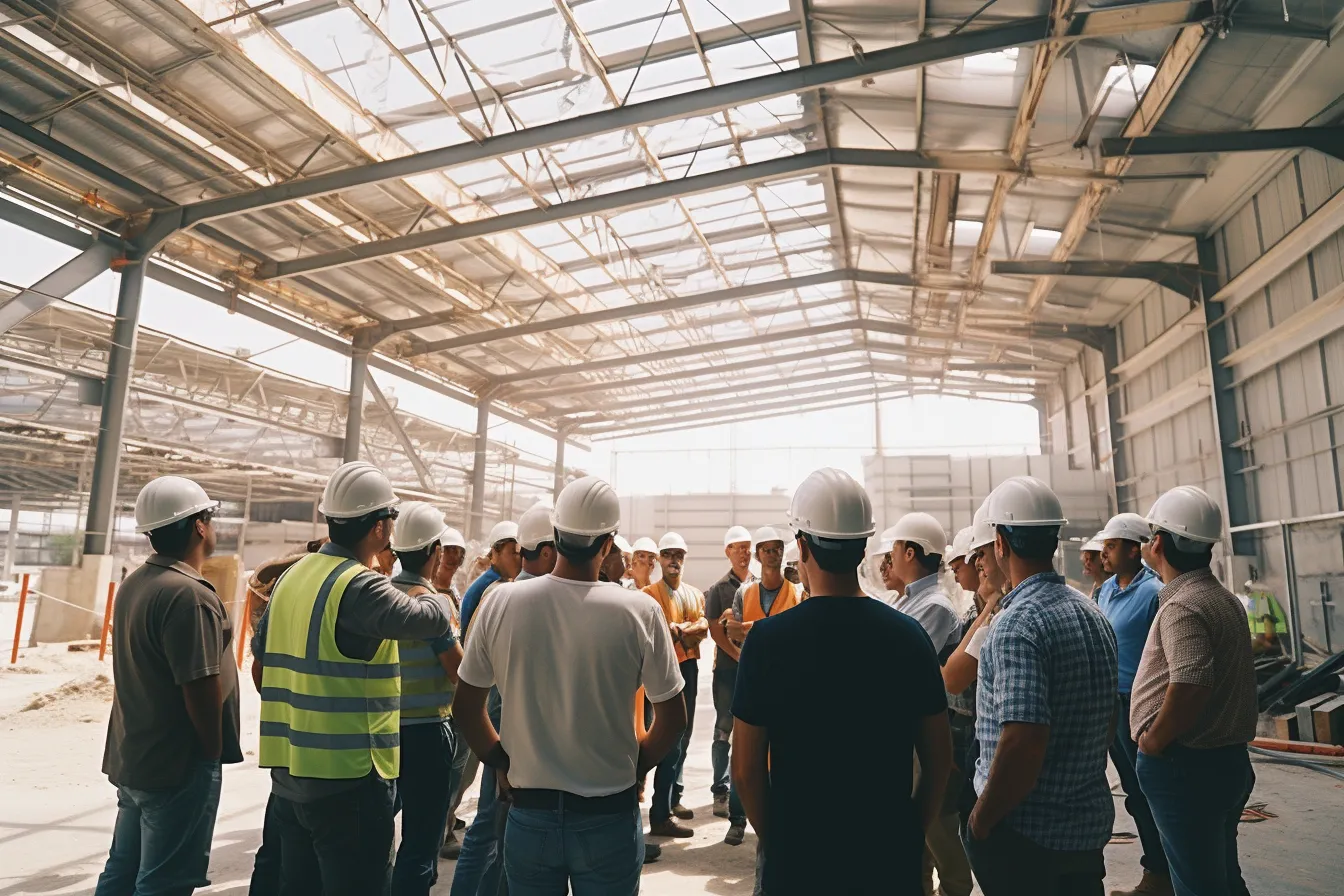When it comes to construction sites, there’s no denying the inherent risks and hazards involved. From falls and machinery accidents to exposure to hazardous materials, construction workers face numerous dangers on a daily basis. It is crucial for employers and employees alike to be aware of these hazards and take proactive measures to prevent accidents and injuries. In this article, we will discuss some common job site hazards in the construction industry and explore effective prevention and mitigation strategies. So, whether you are a construction professional or someone interested in learning about workplace safety, read on to discover key insights and practical tips!
1. Falls from Heights
One of the most prevalent hazards on construction sites is falls from heights. Working on scaffolding, rooftops, or ladders poses a significant risk, as a single misstep can lead to severe injuries or even fatalities. To minimize the likelihood of falls, it is essential to provide workers with proper fall protection gear such as harnesses, guardrails, and safety nets. Additionally, conducting regular inspections of all elevated work areas, identifying potential fall hazards, and implementing necessary safety measures can go a long way in preventing accidents.
2. Struck-By Accidents
A common hazard on construction sites is the risk of being struck by objects or vehicles. Heavy machinery, tools, and falling debris can cause serious injuries if proper precautions are not taken. To mitigate this risk, employers should enforce strict protocols regarding the use and storage of tools and equipment. Implementing designated walkways and safety barriers can also help reduce the chances of workers being struck by moving vehicles or falling objects. It is crucial to prioritize regular training and awareness programs to remind workers about the importance of staying alert and wearing appropriate personal protective equipment (PPE).
3. Exposure to Hazardous Materials
Construction workers often come into contact with hazardous materials such as asbestos, lead, and chemicals. Prolonged exposure to these substances can lead to severe health issues, including respiratory problems, organ damage, and even cancer. Employers must provide workers with proper training on handling hazardous materials, including the safe use of protective clothing and equipment. Regular monitoring and testing for harmful substances on construction sites are also essential. Implementing strict protocols for proper disposal of hazardous waste is crucial to safeguard the environment and prevent contamination.
4. Electrical Hazards
Electrical hazards pose a significant risk on construction sites, especially when working near or with live wires. Failure to adhere to proper electrical safety protocols can result in electrical shocks, burns, or even electrocution. It is crucial to ensure that all electrical installations comply with the relevant codes and regulations. Implementing regular inspections, testing equipment, and promptly repairing any damaged or faulty electrical systems are essential preventive measures. Workers should be trained to identify potential electrical hazards and to use appropriate lockout/tagout procedures when working on or near energized electrical systems.
5. Poorly Maintained Equipment
Using poorly maintained or faulty equipment can lead to accidents and injuries. Employers must establish a robust maintenance program to ensure that all machinery and tools are in proper working condition. Regular inspections, repairs, and replacements of worn-out parts are necessary to eliminate potential risks. Additionally, workers should receive training on the proper use and maintenance of equipment to minimize the chances of accidents caused by mechanical failures.
By addressing these common job site hazards through proper training, effective policies, and regular inspections, employers and employees can create safer construction environments. Remember, workplace safety should be everyone’s responsibility. Prioritizing prevention and mitigation strategies not only protects workers but also promotes a more productive and prosperous construction industry.
